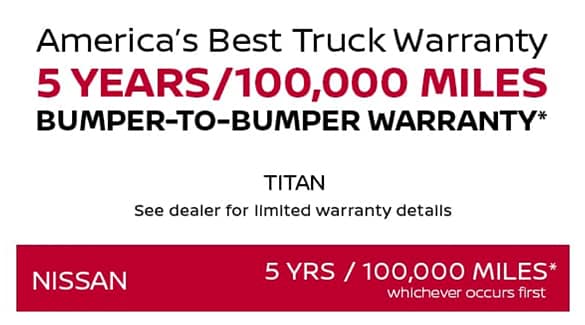The Drive
July 10, 2023
Chevy Silverado 2.7L Four-Cylinder Engine Now Comes With 100,000-Mile Warranty
There was a time when General Motors was shy about using a turbo four-cylinder engine in a full-size pickup truck. Times have changed, though: It's now loud and proud of its little 2.7-liter "Turbomax." So much so, in fact, that it's giving it the same warranty it offers on the Duramax diesel in the 2024 Chevrolet Silverado.
For the new model year of Chevy's top truck, the 2.7-liter Turbomax receives upgrades borrowed directly from GM's diesel program. Already on the road in the 2023 Chevy Colorado, these improvements include diesel-style rod bearings, ring carriers, piston rings, and many other tweaks that have significantly boosted the engine's longevity. They have also allowed Chevy to boost the engine's torque rating by 24 percent since launch.
Chevy has accordingly pumped up the engine's powertrain warranty in the 2024 Silverado to match the Duramax diesel. We're talking six years and 100,000 miles, up from five and 60,000 respectively. That's with the full 310 horsepower and 430 pound-feet of torque too, not some shrimpy detuned version. Chevy consequently rates it for 8,900 to 9,500 pounds of towing depending on spec—not quite the full grunt of the larger V8s or 3.0-liter Duramax, but it's still far more than most people will ever use.
July 10, 2023
Chevy Silverado 2.7L Four-Cylinder Engine Now Comes With 100,000-Mile Warranty
There was a time when General Motors was shy about using a turbo four-cylinder engine in a full-size pickup truck. Times have changed, though: It's now loud and proud of its little 2.7-liter "Turbomax." So much so, in fact, that it's giving it the same warranty it offers on the Duramax diesel in the 2024 Chevrolet Silverado.
For the new model year of Chevy's top truck, the 2.7-liter Turbomax receives upgrades borrowed directly from GM's diesel program. Already on the road in the 2023 Chevy Colorado, these improvements include diesel-style rod bearings, ring carriers, piston rings, and many other tweaks that have significantly boosted the engine's longevity. They have also allowed Chevy to boost the engine's torque rating by 24 percent since launch.
Chevy has accordingly pumped up the engine's powertrain warranty in the 2024 Silverado to match the Duramax diesel. We're talking six years and 100,000 miles, up from five and 60,000 respectively. That's with the full 310 horsepower and 430 pound-feet of torque too, not some shrimpy detuned version. Chevy consequently rates it for 8,900 to 9,500 pounds of towing depending on spec—not quite the full grunt of the larger V8s or 3.0-liter Duramax, but it's still far more than most people will ever use.





